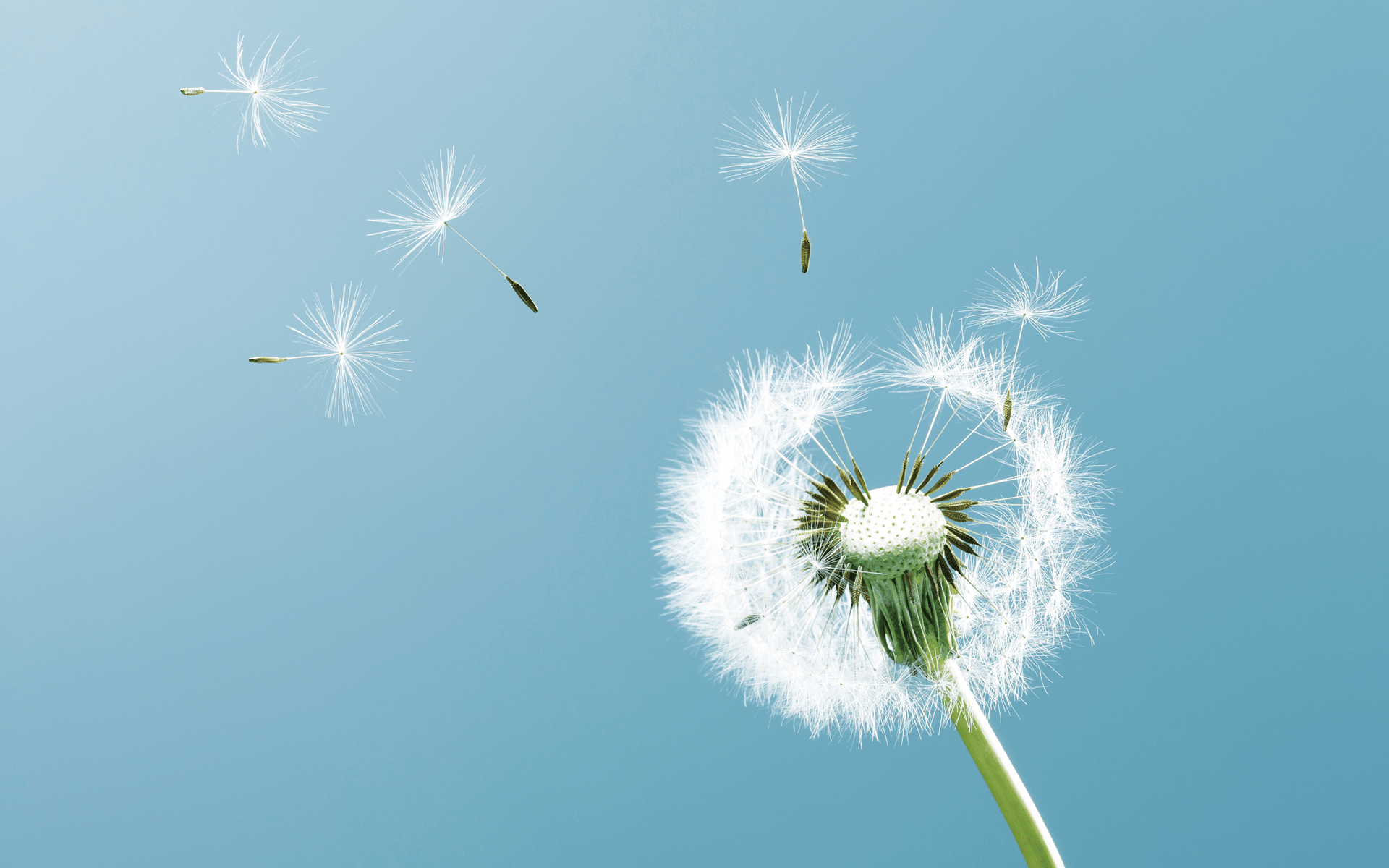To welcome something doesn’t mean we have to like it, and it doesn’t mean we have to agree with it; it just means we have to be willing to meet it. We temporarily suspend our rush to judgment and are simply open to what’s occurring.
With welcoming comes the ability to work with what is present and what is unpleasant. After a while, we begin to discover that our happiness isn’t determined simply by what is external in our life but also what is internal. To be open means to embrace paradox and contradiction; it’s about keeping our minds and hearts available to new information, letting ourselves be informed by life. Openness welcomes the good times and the bad times as equally valid experiences. Openness is the basis of a skillful response to life.
To welcome everything and push away nothing: this can’t be done as an act of will. This is an act of love.
At the deepest level, this is an invitation to fearless receptivity. To welcome everything and push away nothing can’t be done as an act of will. This is an act of love.
Mostly, we think of mindfulness as bringing a very precise attention to what’s happening, as it’s happening. In this way, we bring an almost laser-like attention to our practice. We bring a careful moment-to-moment attention to sensation, to thoughts, to emotions. But sometimes this kind of precise attention can create a sort of tension or struggle in the mind.
This is when it’s more useful to try a practice that cultivates an open, boundless awareness. To develop a mind that is vast like space. To allow pleasant and unpleasant experiences to appear and disappear without struggle, resistance, or harm.
Welcome Everything, Push Away Nothing
A 12-Minute Meditation to Welcome Everything with Frank Ostaseski
A 6-Step Practice to Welcome Everything
- Settle back into your seat, relax, and come into the breath and body. Maybe let your eyes close if that feels comfortable for you. Let your breathing be very natural.
- Begin by being aware of the various sensations in your body: pressure, movement, tingling, the feel of the air on your hands and face. Just feel the waves of sensation.
- Now, let go of the idea of arms and legs and a body. Become aware of the area above your head. How far does that space extend? Let your awareness sense what’s to the left of you. What’s to the right of you? Let your awareness come into the area below your body. Is there any vibration in your feet or the floor? Let your awareness extend to the area behind your body, so it fills the whole room. Let your awareness be aware of what’s in front of the body, extending out as far as it possibly can, so that there’s this sense of openness, of boundless space; and all of the activities of body, heart, and mind are appearing and disappearing in that open, welcoming space.
- Allow all experience to arise without any interference—no inside, no outside. Relax your ownership of thoughts. Look and see the difference between being lost in thought and being mindful of thought. It’s like when a sound occurs in the room, or a bird flies by, you just notice the sound of the bird; you don’t think it’s you. Let it be that way with your thoughts and sensations, everything coming, everything going in a vast, open space. It can be helpful to think about what happens when you walk into a room: Most people see the chairs or tables or the objects in the room and fail to see the space.
- Let yourself be aware of the space surrounding all the activity, all the coming and going. Remember, whatever we can give space to can move. Keep allowing all the thoughts, all the sensations, all the feelings to rise and disappear in the vast spaciousness, like clouds in the sky.
- Finally, let your attention come to the awareness itself, vast, transparent, clear, not disturbed by anything that’s coming and going. Welcome everything, push away nothing.






